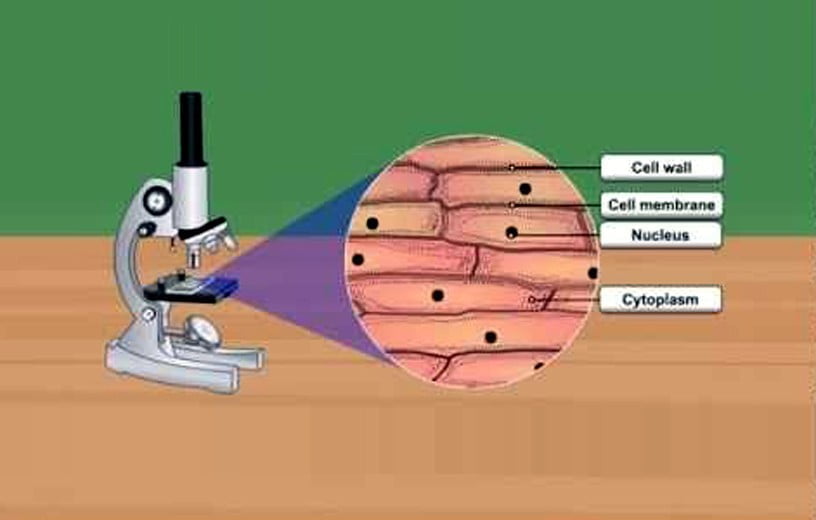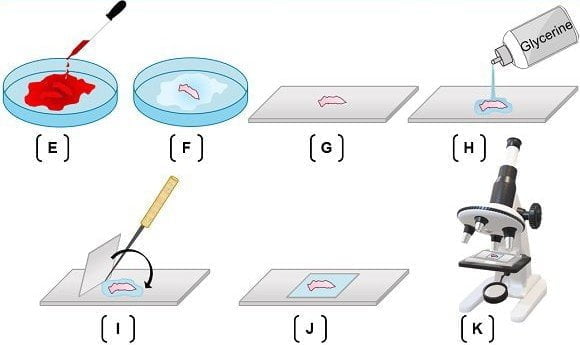- Water Testing Meters
- Anemometer
- Length & Distance Meter
- Multimeter & Clamp Meter
- Light and Sound Meter
- Slide Calipers & Screw Gauge
- Thermometer & Hygrometer
- Milk Testing Meters
- Paper, Grain & Wood Testers
- Stopwatch & Timers
- Soil Testing Meters
- Refractometers & Analyzer
- Magnetic Compass
- Tachometer & Megger
- Thickness & Dia-Meters
- Other Meter And Accessories
Observation of ideal plant cells from onion peel

Observation of ideal plant cells from onion peel is a biology practical experiment for Class Eleven (HSC-1st part).
Necessary Materials for observation of ideal plant cells:
i) Onion, ii) Scalpel, iii) Forceps, iv) Needle, v) Glass Slide, vi) Cover Slip, vii) Small Brush, viii) 5% Glycerine, ix) Water, and x) Microscope.

The procedure of the Experiment:
- Cut the onion lengthwise with a scalpel into several pieces.
- Take a piece of onion and break it with finger pressure on the opposite side of the cut edge. This will cause the scales to slough off and expose the single layer of colorless transparent scales (epidermis).
- A few fibers should be carefully picked up with forceps and placed in a few drops of 5% glycerin in the middle of a clean slide.
- Cover with a cover slip. The excess solution should be blotted off with blotting paper and observed under low and high-power microscopes.

Observation of the Experiment:
- Numerous oblong cells are seen as densely arranged.
- Each cell is surrounded by a distinct cell wall.
- A large cell cavity is present in the center of the cell and a thin layer of clear cytoplasm surrounds it. The nucleus is moved to one end of the cell.

Decision:
Cell walls and central cavities are characteristic of plant cells. Also, because the nucleus is located at one end of the cell, the cells visible under the microscope are called ideal plant cells.

